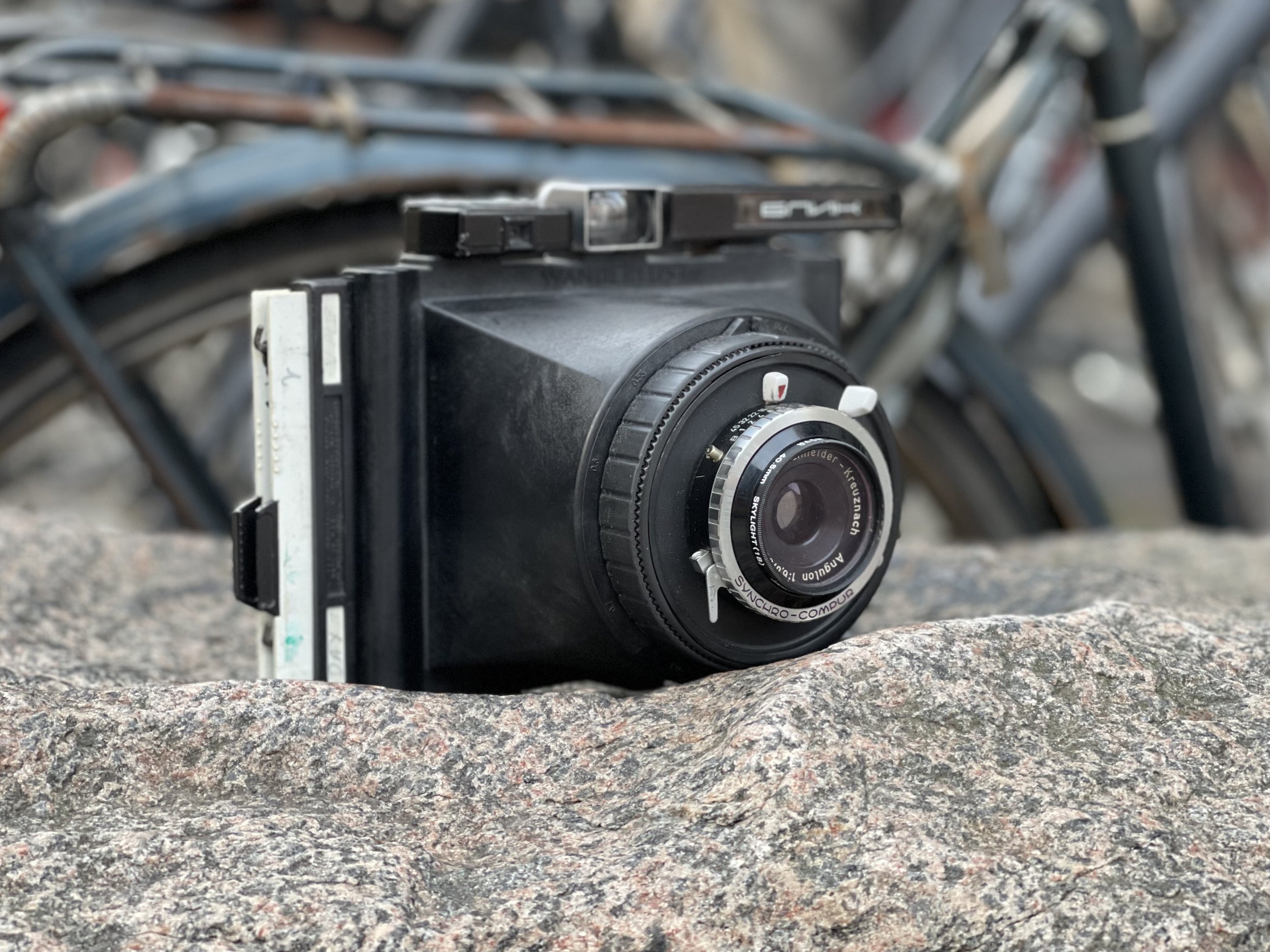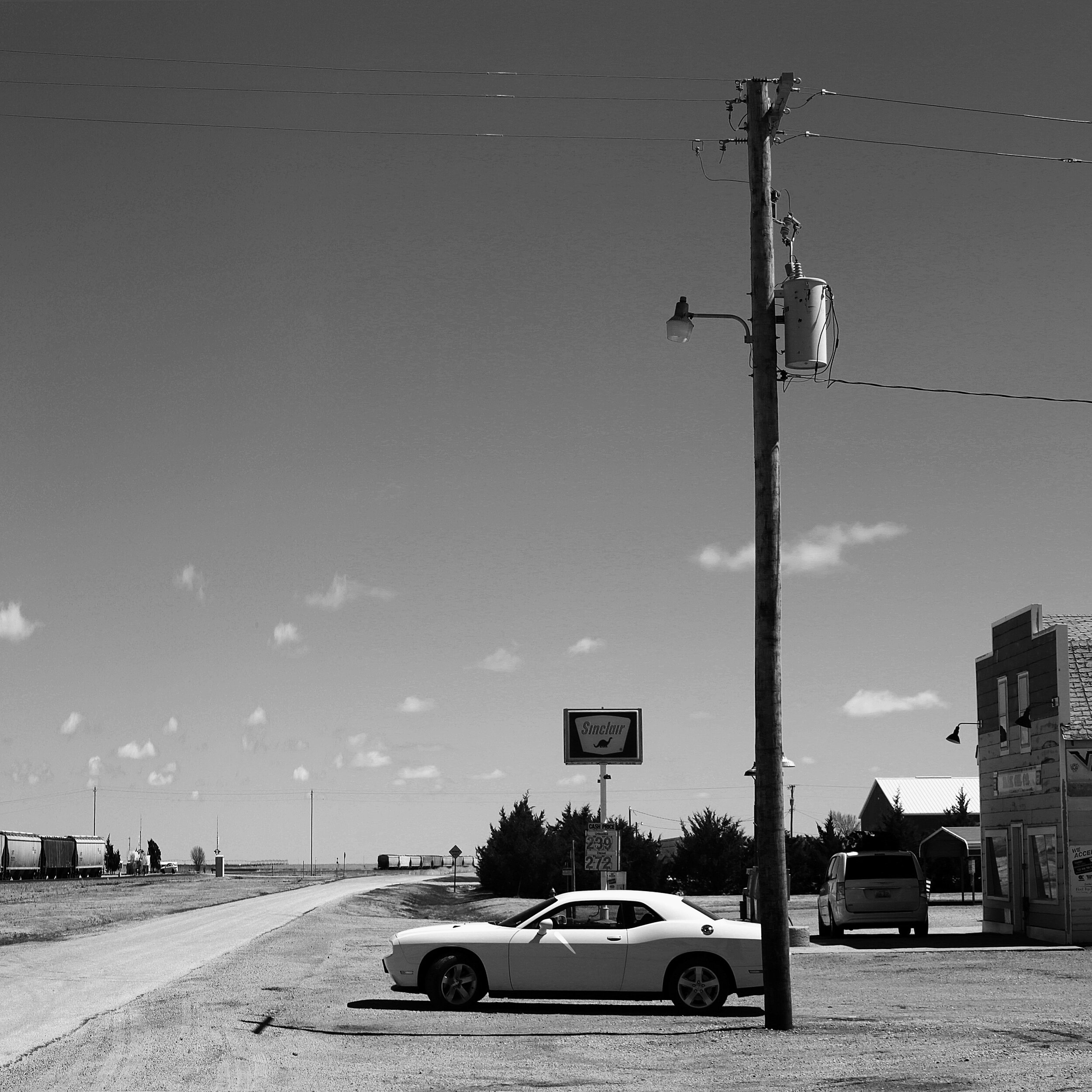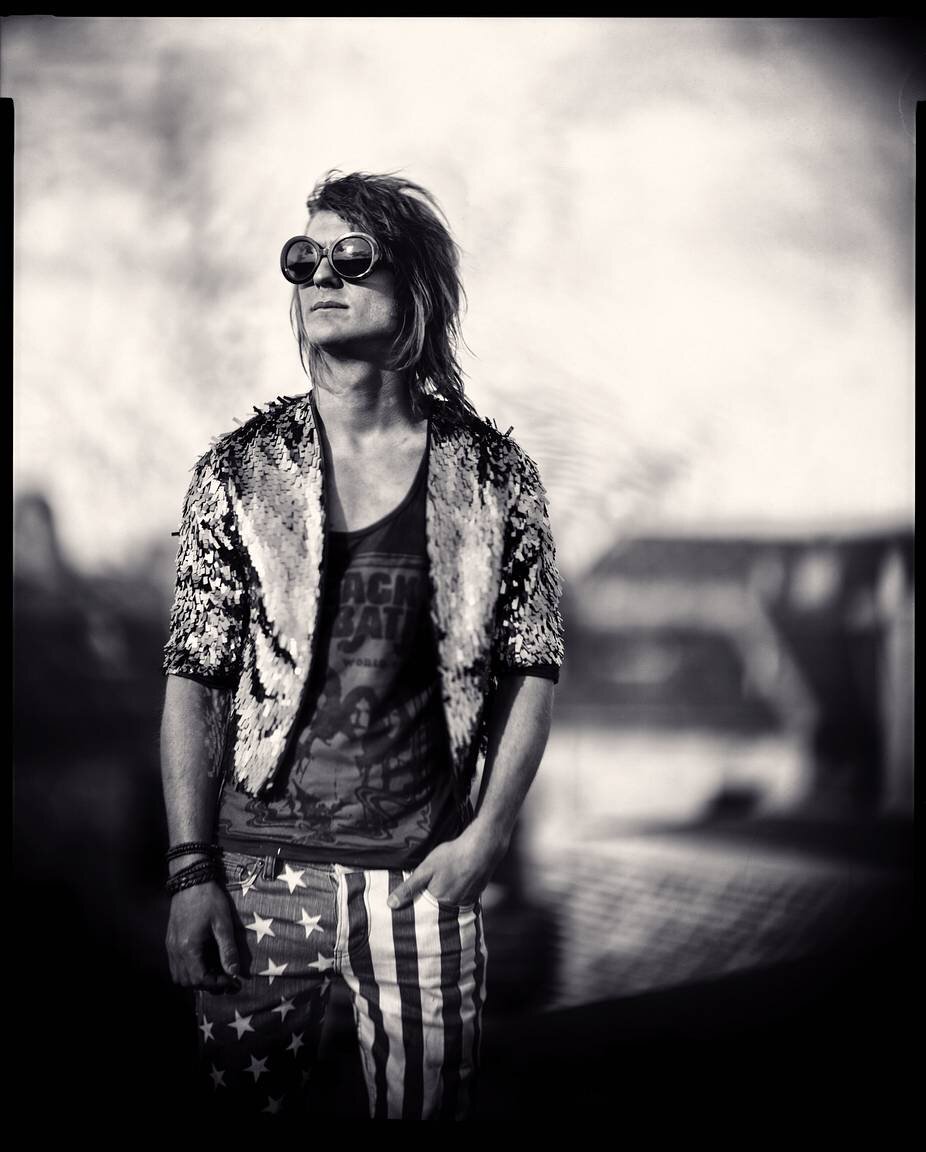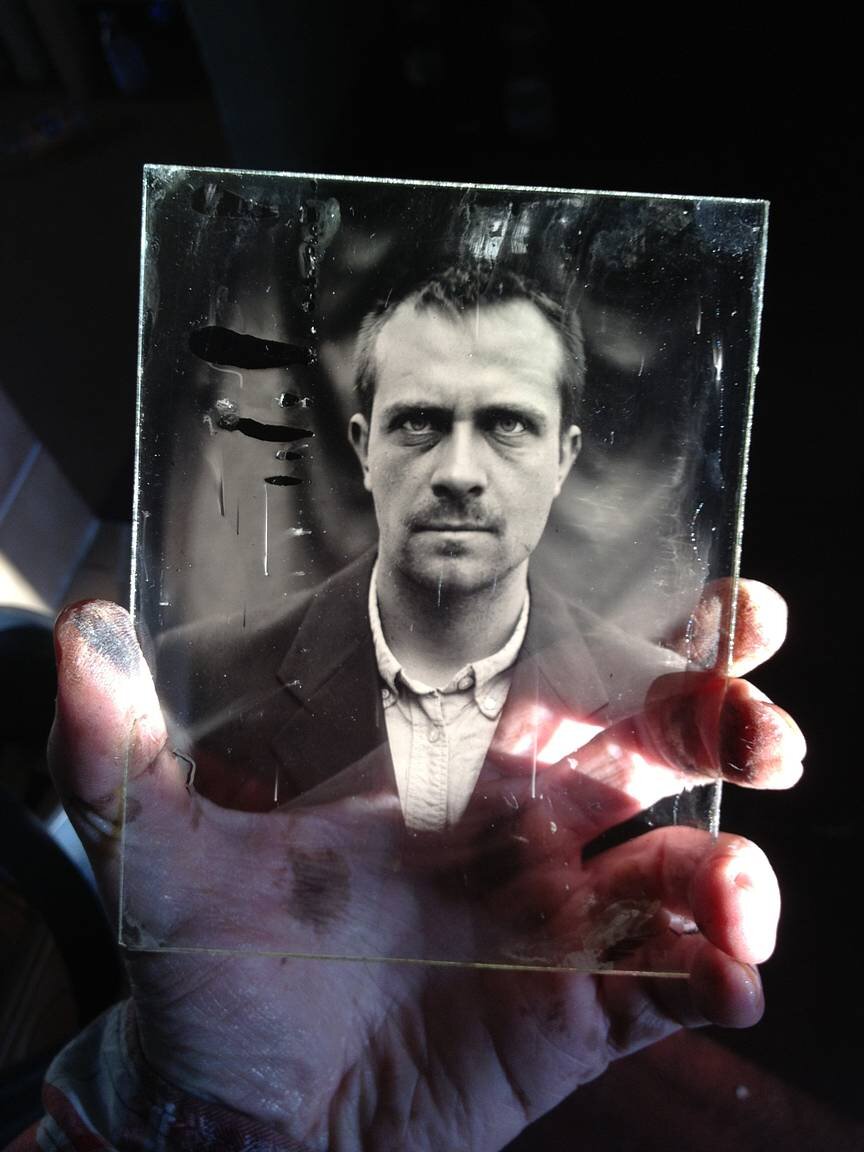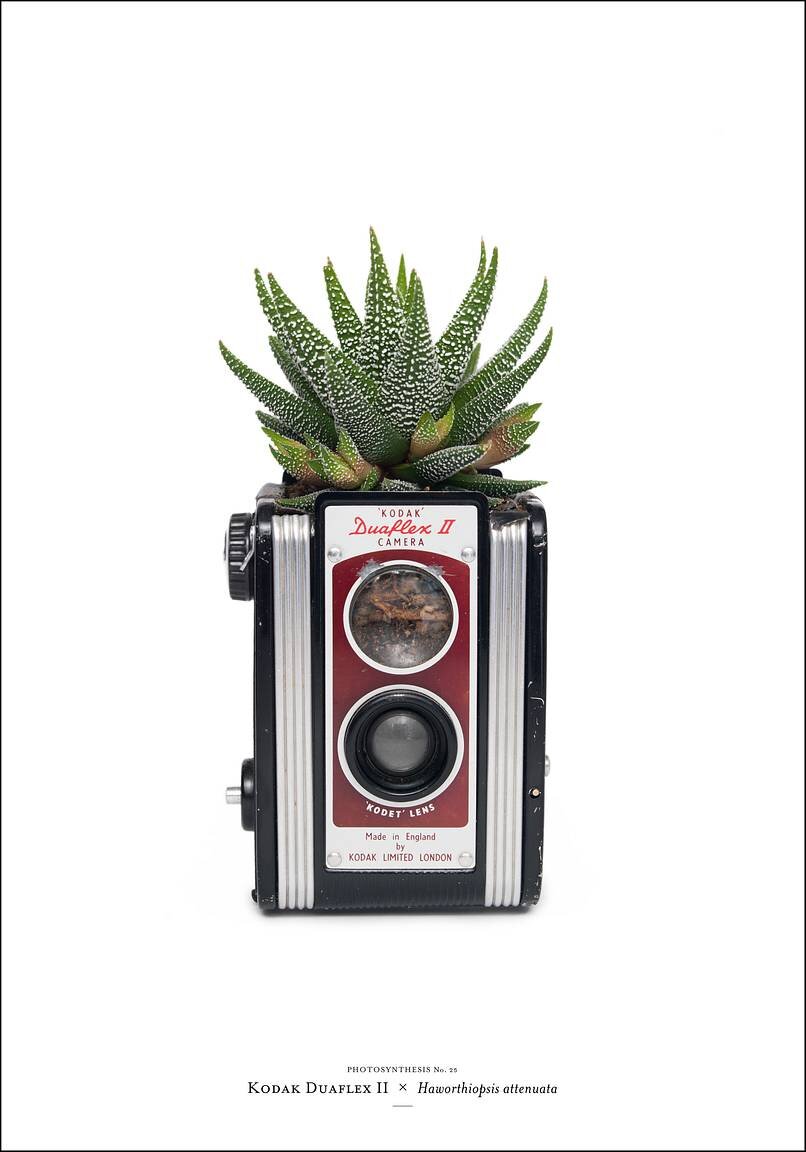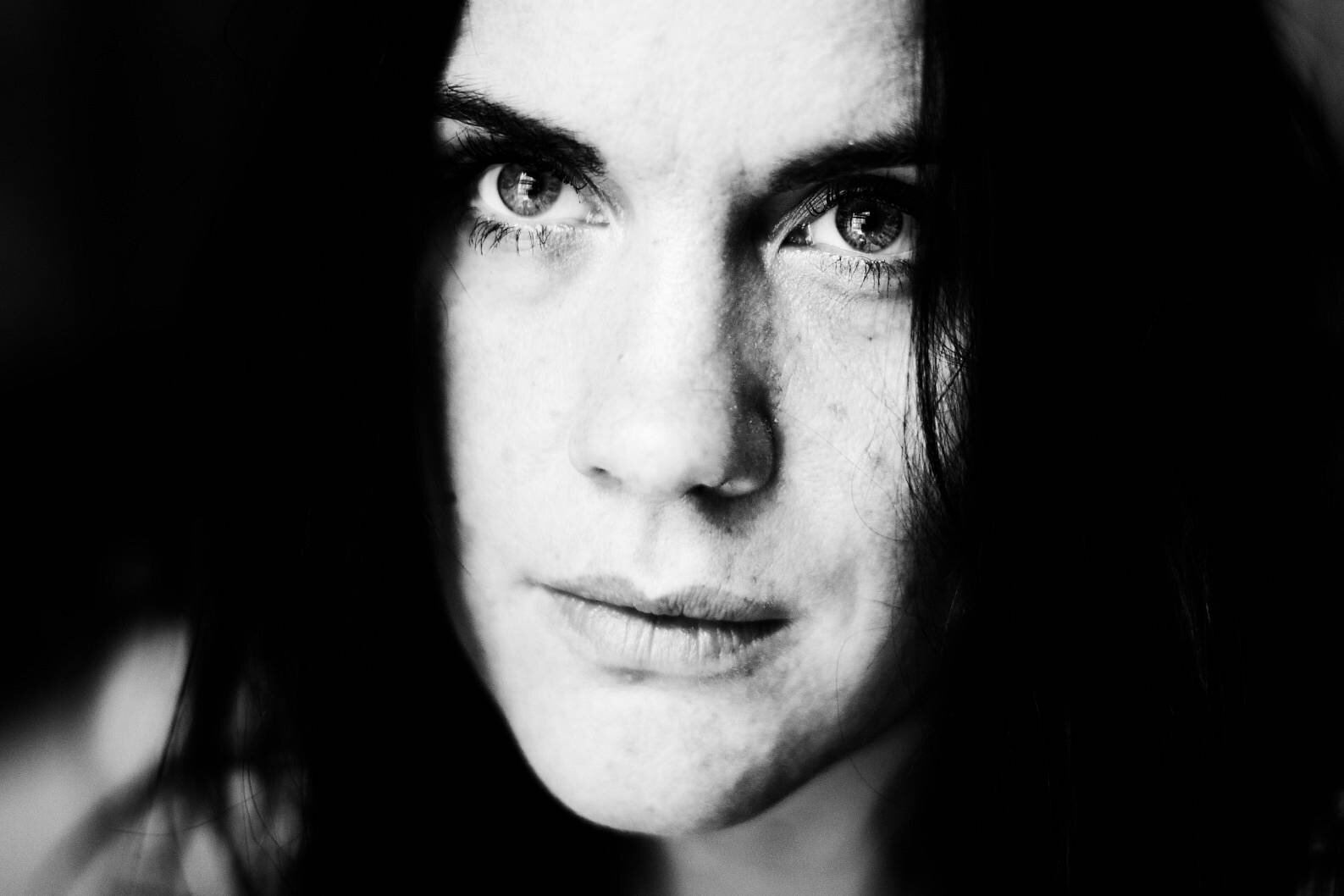1. Brand
When it comes to camera brands there are many out there, but not that many as iconic as Hasselblad. Victor Hasselblad truly created a thing of beauty and magnificence when he created the Hasselblad company. Not only is it an icon for photographers the world over, but it is also a promise of quality and precision. These cameras and the Hasselblad brand is a promise of excellence and quality that will last well beyond the owner of the camera. I purchased my Hasselblad 500CM secondhand and it operates just as beautifully now, as it did when it was made back in the ’70s. How many products can you say that about today? The Hasselblad brand is much more than this though, it delivers value, not just the value you get from other products on the market today, but the meaningful value that keeps delivering as long as you own the camera. Over time this ongoing value turns into trust and it is this trust that makes the Hasselblad brand what it is today, and also what inspired NASA to use it as their camera of choice for their Luna expeditions and the first man on the moon.
2. Design
Next, let’s talk about design. For most people design is how something looks aesthetically and there is no question that Hasselblad scores highly in this department. But as designer and behavioural psychologist, design to me is so much more. Design to me is more about how something functions, the thought that goes into the user experience and how it makes you feel; not just aesthetically, but from a deeper level of satisfaction. Design is about predicting the things you as a human will do with the camera and then making sure the camera knows this and delivers on them and supports you in those tasks versus trying to dictate certain ways of using the camera and forcing you into unnatural behaviours.
Form
The Hasselblad X1D’s form is beautiful, visually it is stunning, yet there is an intelligence to its form that transcends aesthetics. An intelligence that speaks to you silently and intuitively; in the industry, we call this design language. Before you even hold it, you already know how to operate it, its form is almost an extension of our hands and it intuitively fits and becomes part of who we are when we are taking photographs.
Every aspect of its form has been considered from the attention to detail found in the chamfers that eliminate all the sharp edges, right down to the placement of the controls in such a way that allows them to be placed exactly where they need to be. The contrast and choice of materials also signify quality and clearly communicates its sophistication and status as an industry leader. The choice of materials is interesting and again speak about the intelligence of the aesthetic as well as its function, which I will discuss later. The body is machined from a solid block of aluminium and each camera is hand made in Sweden, with all the love and attention you’d expect from Swedish design. Hasselblad did make a departure from the original leatherette found on the earlier Hasselblad models like the 500CM. Instead of the leatherette material is uses some form of a thermoplastic elastomer or silicone material. On the surface and initially, I don’t mind this but when I think about the point I made about the longevity and quality of the Hasselblad brand I wonder how well this will fair. I only say that as on some of my older cameras the rubber grips have started to deteriorate over time and in some cases even become sticky to the touch, which renders them useless. I sincerely hope this is not the case here, but I suppose only time will tell if the Hasselblad promise will stay true.


































